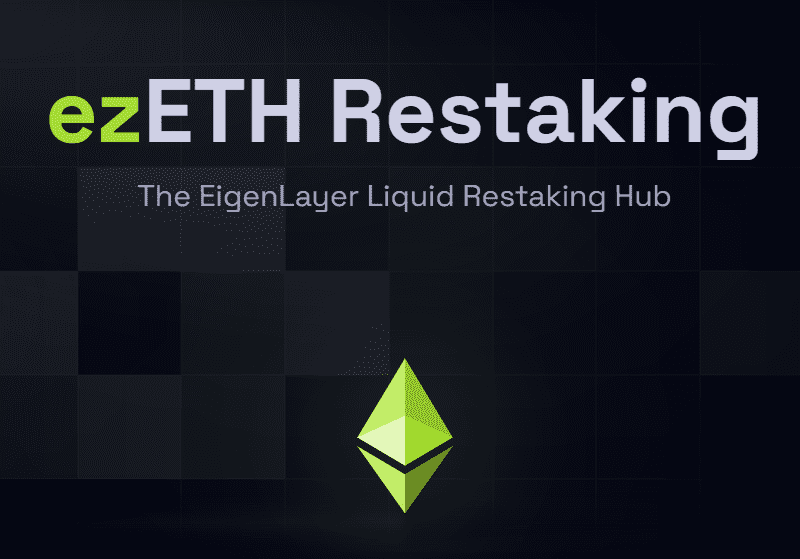
Build Your Crypto Portfolio With Cost Averaging
Cost averaging is an investment strategy in which you build your portfolio by investing equal amounts at regular intervals. For example, you might purchase €100 worth of Bitcoin every week or every month.
Cost averaging was conceived by American investor Benjamin Graham in his 1949 book, The Intelligent Investor. Graham referred to the strategy as dollar-cost averaging, or DCA.
No matter what you call it, experts agree that it’s a good strategy for minimizing risk in volatile markets. It’s appropriate for long-term investing like saving up to buy a house or paying for retirement.
Three benefits
One of the benefits of cost averaging is that you are relieved of the task of timing purchases based on predicting whether prices will rise or fall. Even the most experienced investment advisors bungle those predictions much of the time. With cost averaging, you make the same purchase every week or every month regardless of prices.
Cost averaging minimizes the impact of market volatility. You don’t risk losing your nest egg by making a big purchase when prices are at a record high. The flip side of this benefit is that you won’t reap a huge reward by making a big purchase when prices are uncommonly low.
Another benefit is that making small regular purchases can be a painless way to invest. It’s hard to come up with a lot of money to make a big crypto purchase. But you might never miss the €100 to €200 that you’ve set aside for portfolio-building with recurring purchases. You could pay for your retirement by taking your lunch to work two days a week instead of eating in a restaurant. Your portfolio will rise in value like a savings account with little attention, effort, or inconvenience.
Cost averaging in practice
Part of what makes cost averaging work is that you accumulate more assets when prices are low. Here’s how it works. Let’s say you set up a €200 per month recurring buy of an imaginary cryptocurrency called SurlyCoin, which is trading at €100 per coin.
Let’s look at a hypothetical example spanning six months.
| Price | Purchase | Coins | Portfolio value | |
| Month 1 | €100 | €200 | 2 | €200 |
| Month 2 | €50 | €200 | 4 | €300 |
| Month 3 | €50 | €200 | 4 | €500 |
| Month 4 | €100 | €200 | 2 | €1,200 |
| Month 5 | €200 | €200 | 1 | €2,600 |
| Month 6 | €100 | €200 | 2 | €1,500 |
The average SurlyCoin price for the six-month period is €100. You’ve invested €1,200, so you might expect to have 12 coins worth €100 each. But with cost averaging, your monthly investment earns you more coins when the price is lower. You have 15 coins, not 12. You paid an average of just €80 per coin. If the price rises by €100 next month, you’ll earn €1,500, not €1,200.
It is this dynamic that makes cost averaging such a good strategy for long-term investments. If the market rises over several years, the value of your early investments is multiplied.
What experts say
Cost averaging pioneer Benjamin Graham recommended cost averaging as a way for investors to minimize risk in volatile markets. Graham’s protege, legendary investor Warren Buffett, agrees. He recommends the strategy for young investors and those who don’t have abundant time to study the market.
Investing guru Suze Orman sings the praises of cost averaging on her website and in her books. “It puts time, your money, and the market on your side,” she writes. “Not only do you get more long-term bang for your buck, you also take some of the risk out of investing this money.”
Ritzholtz Wealth Management analyst Nick Maggiulli is a strong advocate of cost averaging. He has run simulations in which one player invests $100 per month in U.S. corporate stocks for 40 years, using actual data from 1920 to 1979. The other player makes strategic purchases according to price dips.
To make the game more interesting, Maggiulli makes the second investor omniscient, giving the investor godlike knowledge of when the market is at its lowest price between two all-time highs.
Maggiulli has found that cost averaging outperforms “buy the dip” investing 70% of the time.
The bottom line
With cost averaging, you don’t need to worry about timing the market and predicting whether prices are about to fall further or rebound. You’re not competing with expert investors. You’re employing a time-tested strategy for avoiding risk and minimizing the effects of market volatility.
The easiest way to get into cost averaging is Kriptomat’s Recurring Buy program.







